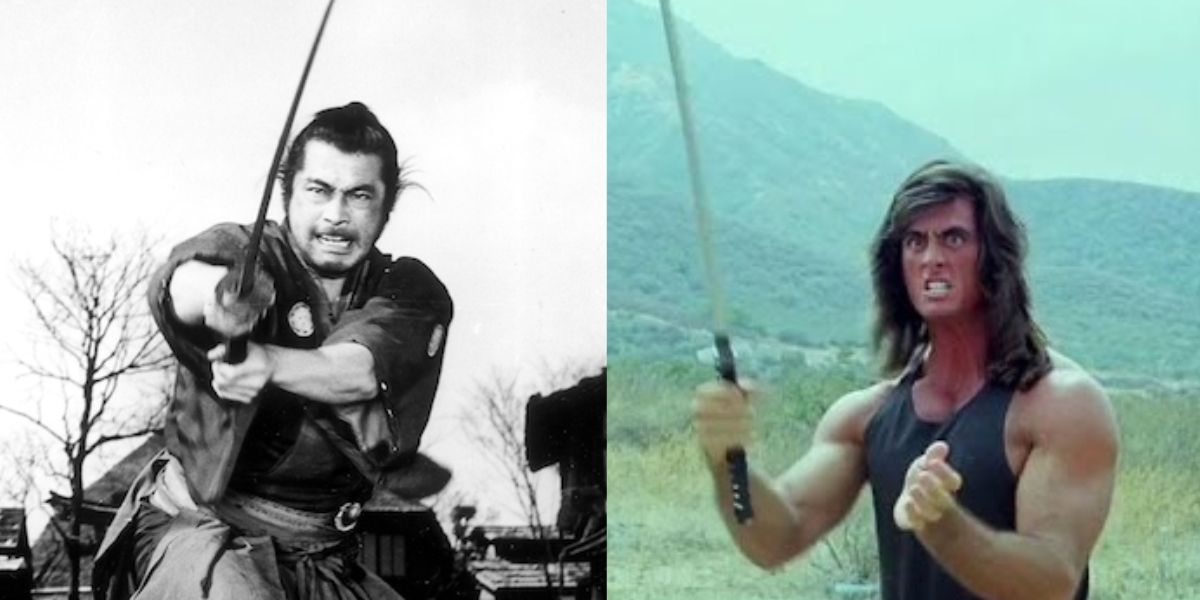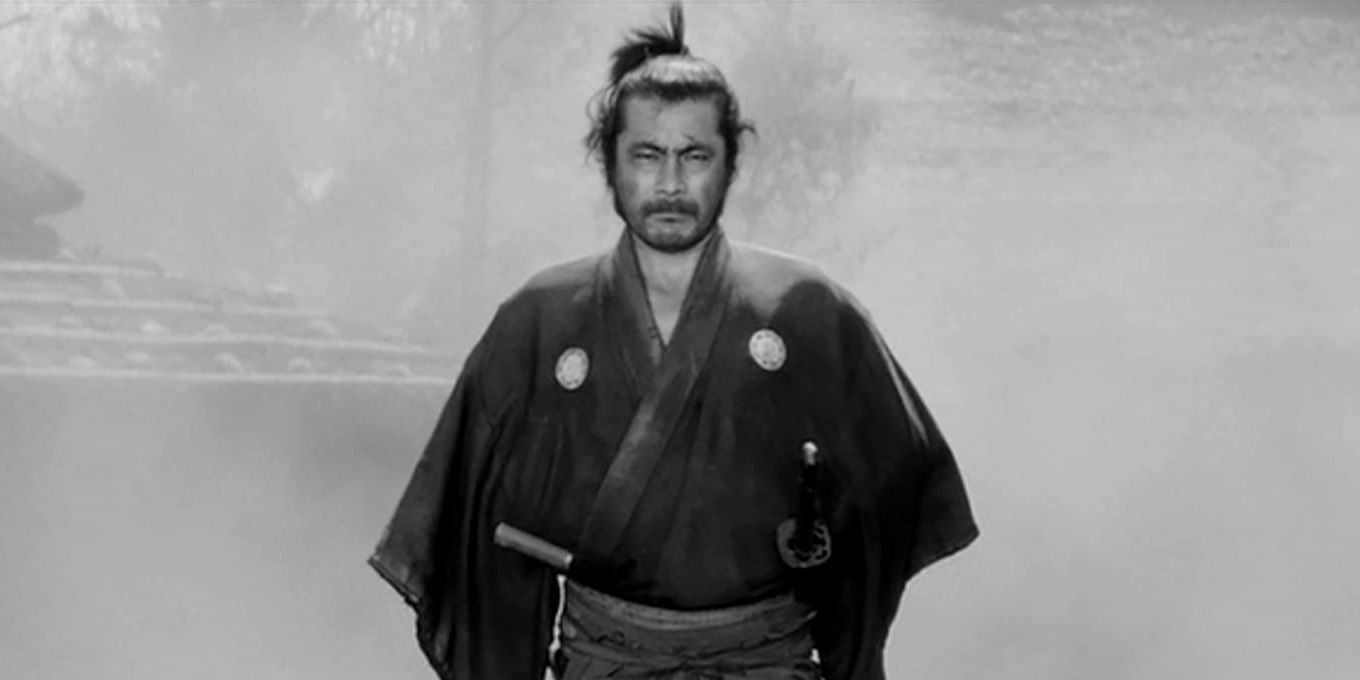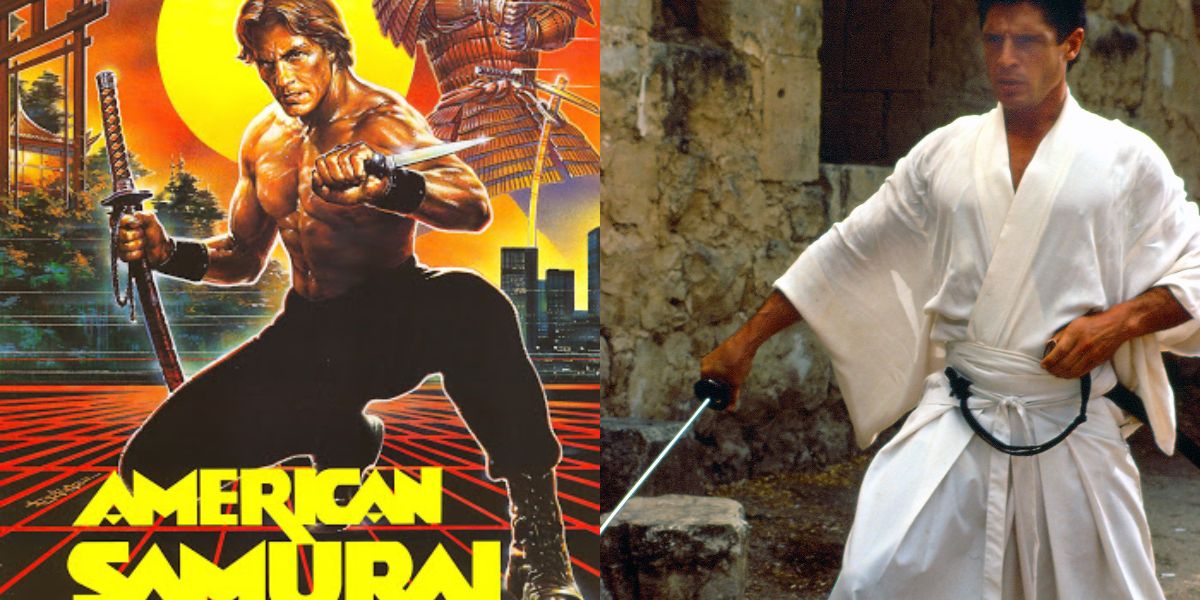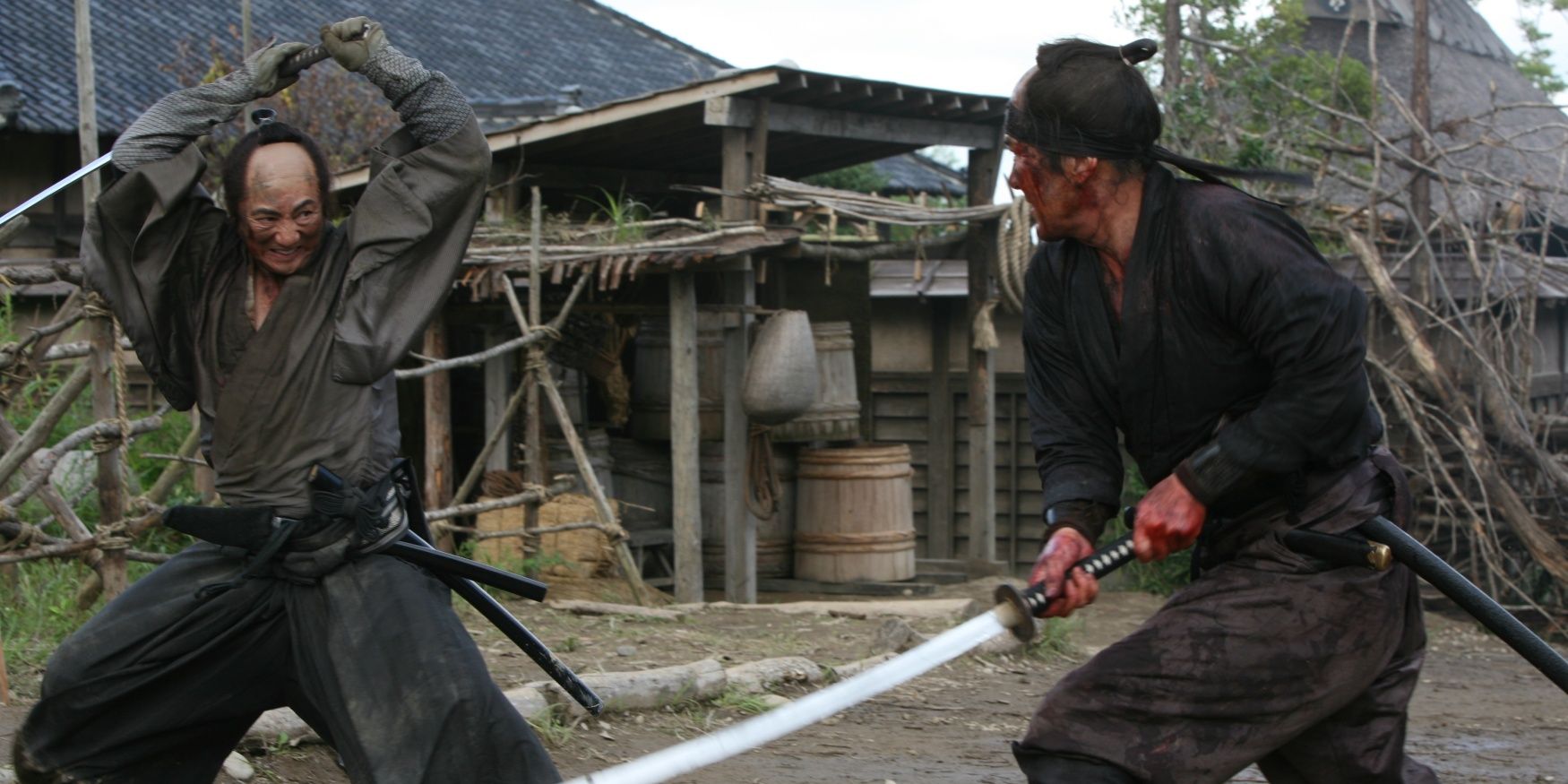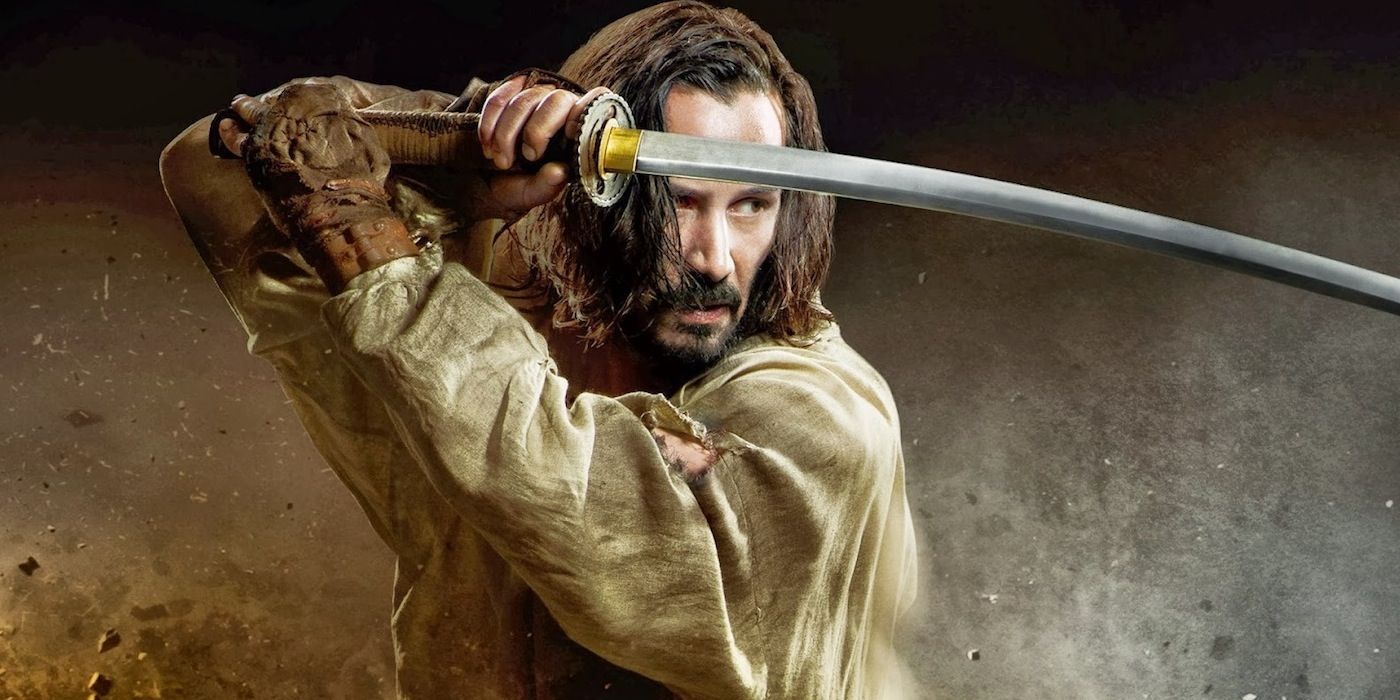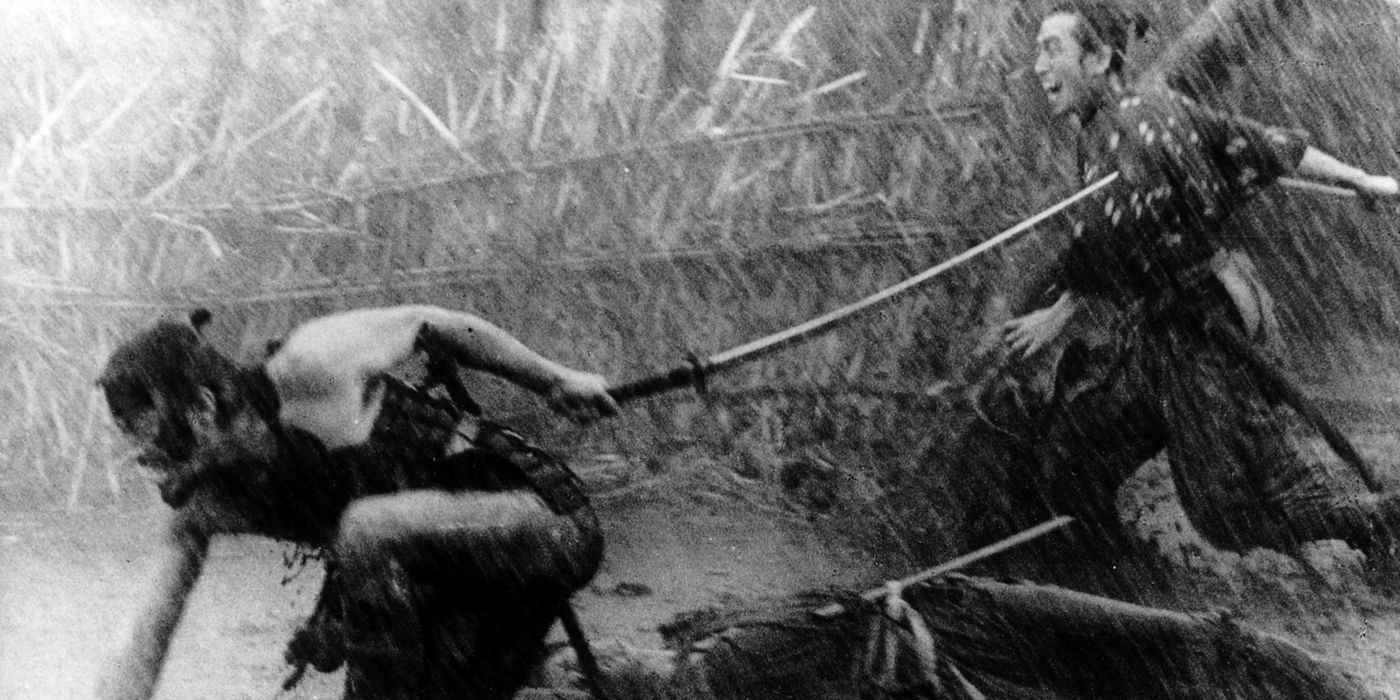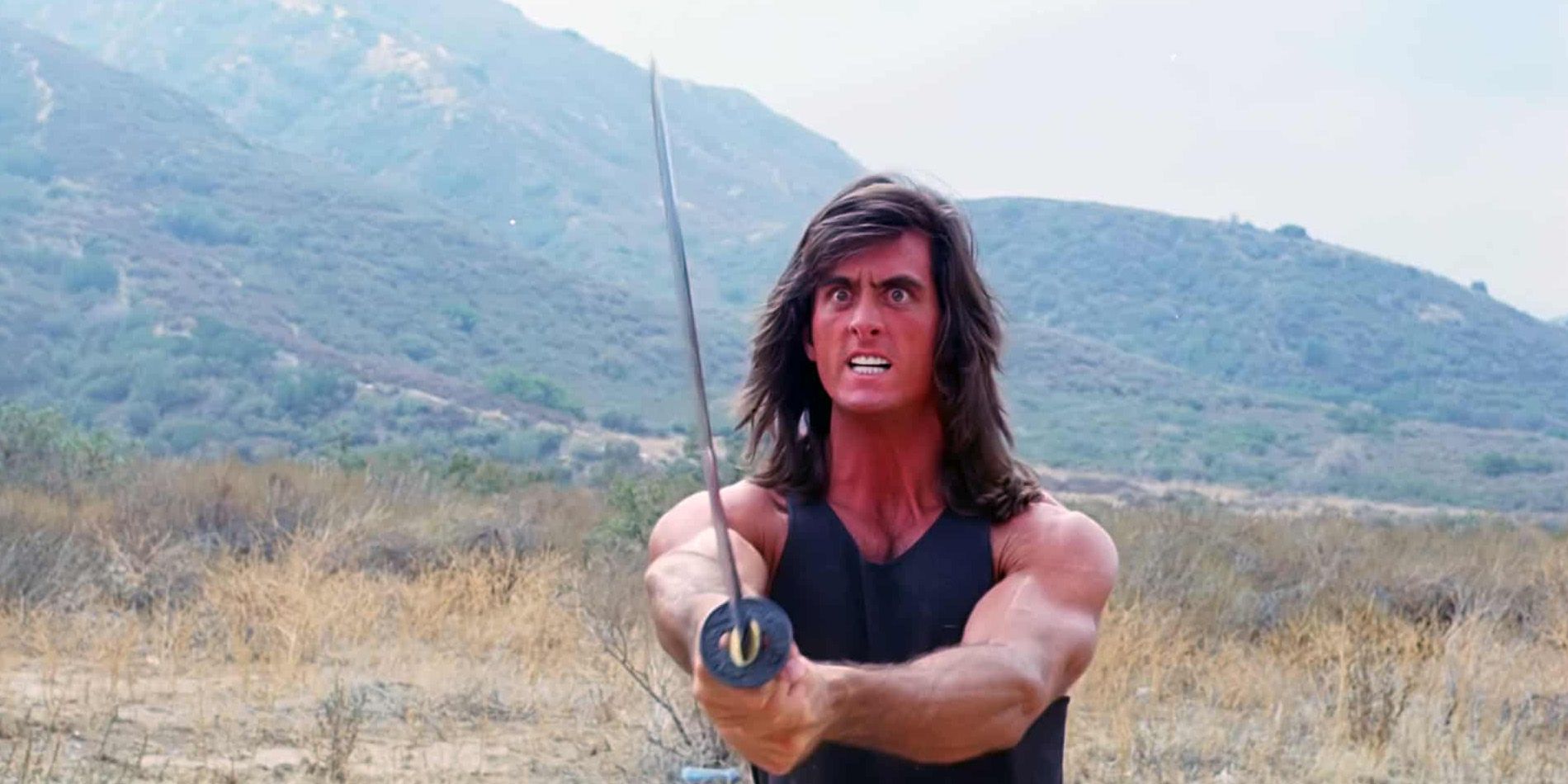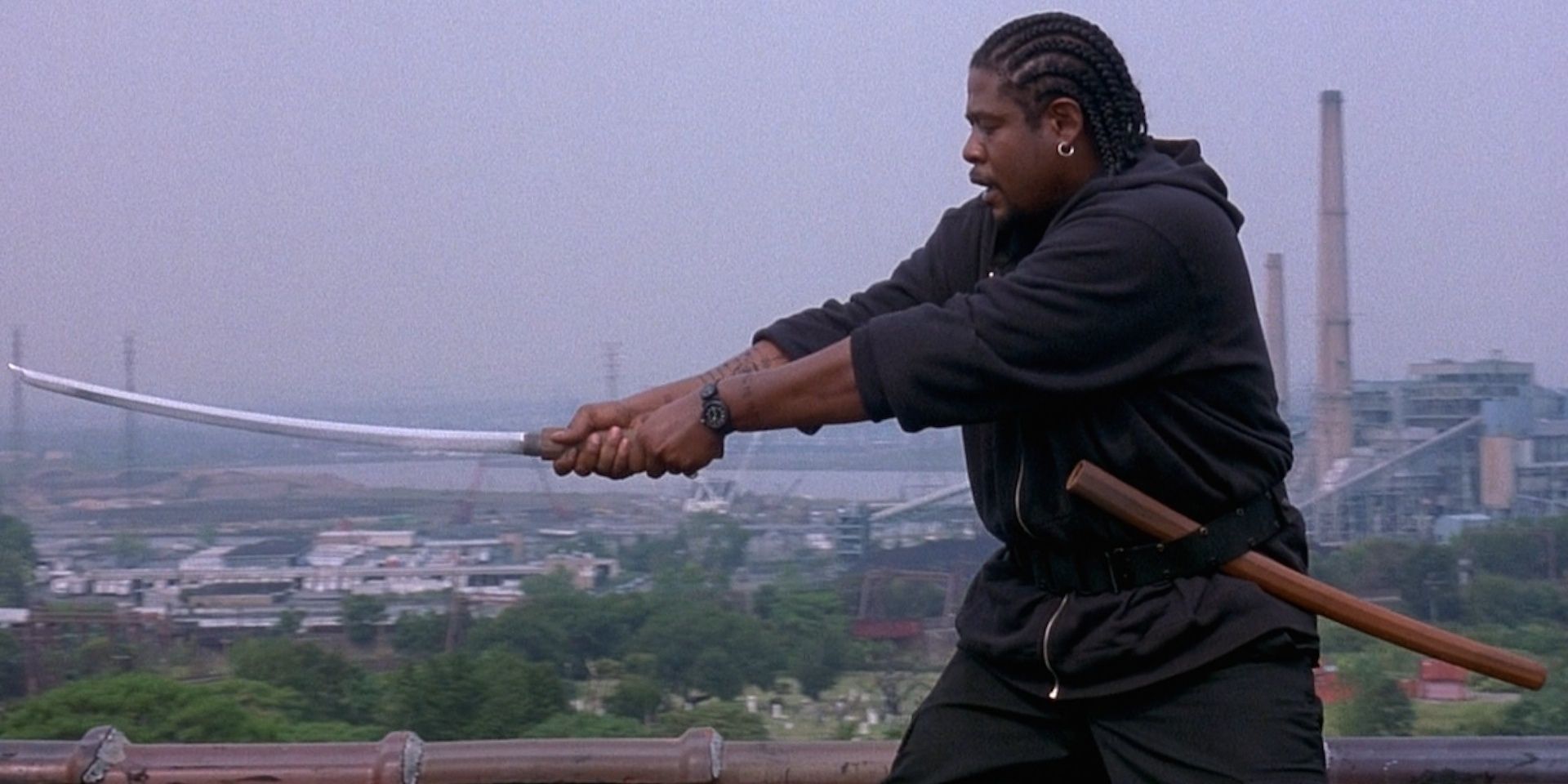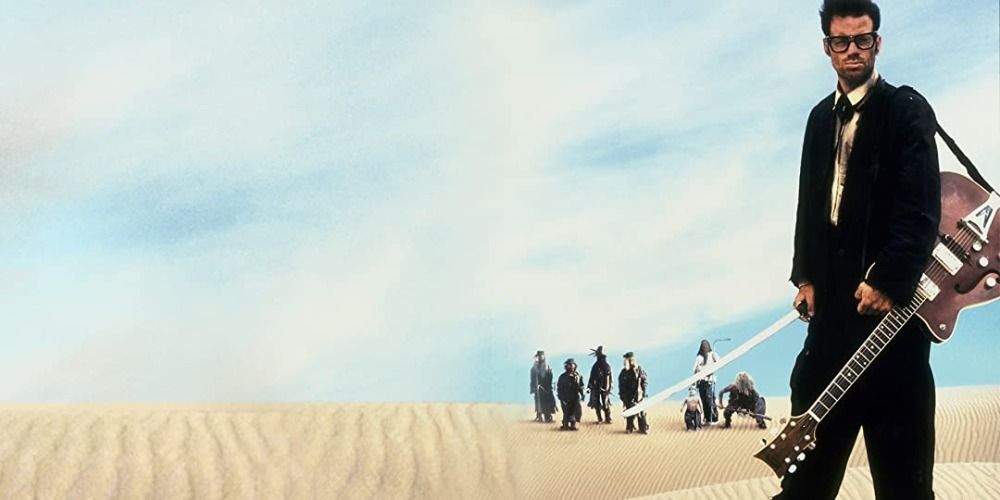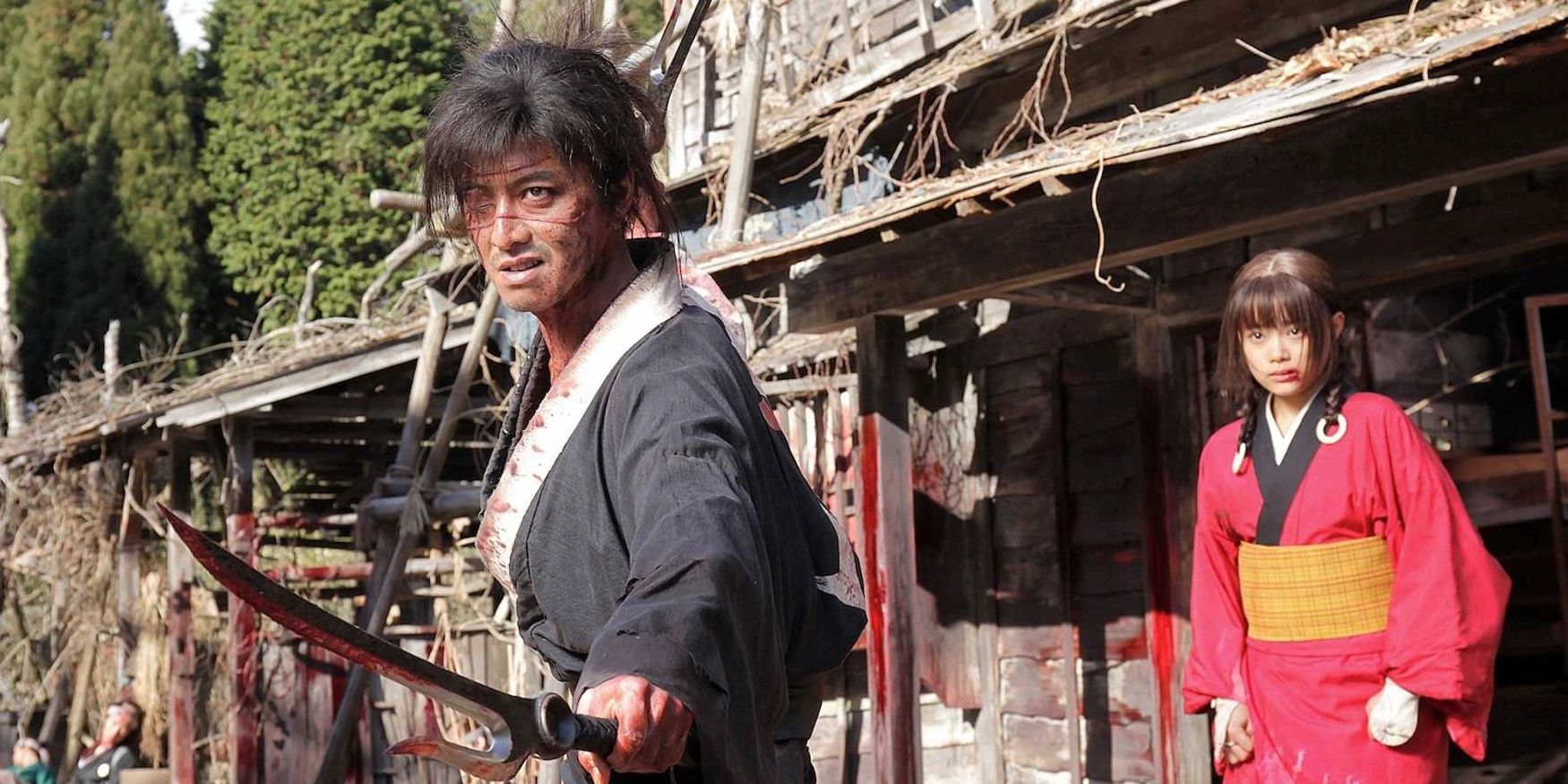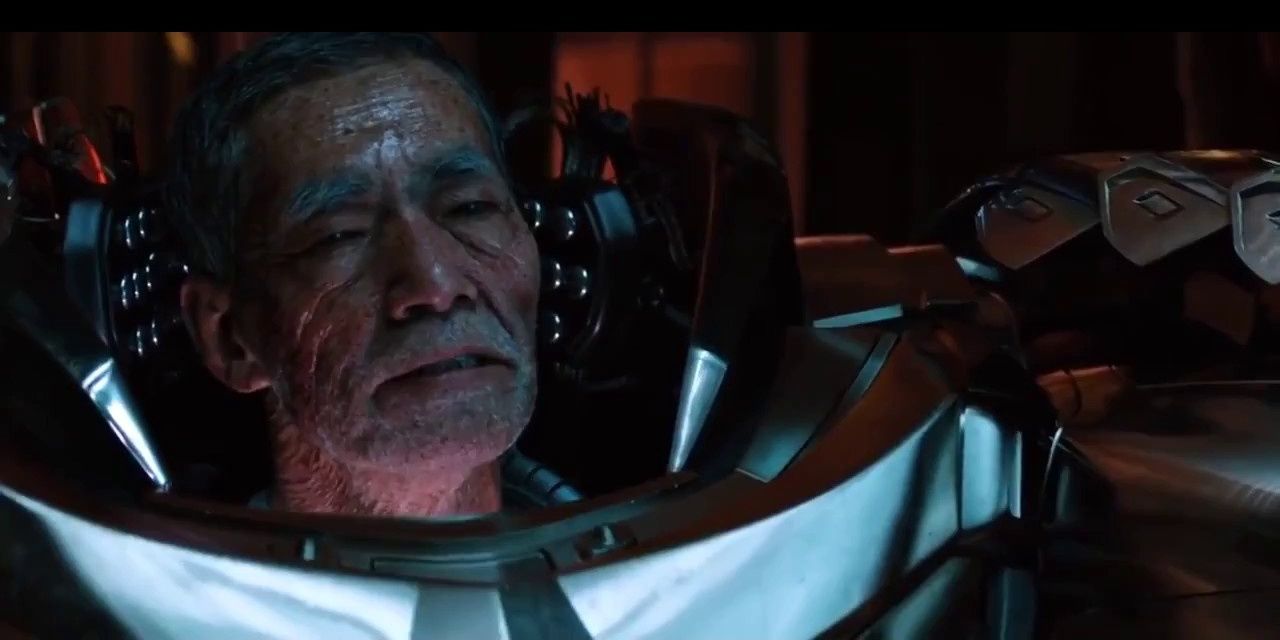Arising from the Japanese chambara (sword fighting) movies, the imperial-era samurai has been a subject of fascination for many films. Akira Kurosawa redefined the concept of a lonely, honorable samurai hero while in contemporary times, Takashi Miike crafted more gruesome, swashbuckling stories. In English-speaking cinema, samurai and ronin (samurais without a master) have been reinterpreted as in the case of The Last Samurai, and 47 Ronin.
In a few other films, the samurai character might not be an actual warrior from Japan's past but might incorporate the samurai mentality in their daily actions. Examples include Ghost Dog and Six-String Samurai.
Greatest: Kuwabatake Sanjuro In Yojimbo (1961)
Yojimbo, the film and the character of Kuwabatake Sanjuro, went down in history to influence the Western genre to great extent. The "Man with No Name" character played by Clint Eastwood in the Dollars trilogy was a direct inspiration (with A Fistful of Dollars being a direct reinterpretation of the story).
Akira Kurosawa's usual collaborator Toshiro Mifune plays the wandering ronin who seeks to resort to violence only when required. However, the warrior is compelled to display his skilled swordsmanship when he's caught in a conflict between two rival gangs. He also resorts to strategy as he slyly deceives both sides, leading to their eventual destruction.
Terrible: Andrew Collins In American Samurai (1992)
David Bradley, otherwise known for the critically-panned American Ninja series, stars as a samurai raised in Japan who must battle swordsmen from all over the world in a deadly tournament. A kidnapped girlfriend and a half-brother affiliated with the Yakuza complicates the story further.
Even though Bradley is proficient in Shotokan karate, his action scenes seem wooden and pretty goofy for its time. Inspirations from kung-fu films seem evident in the so-called American Samurai's character arc but the end-product ends up looking like a forgettable low-budget production. He just seems to be showing off his martial arts skills rather than following any code of conduct.
Greatest: Shimada Shinzaemon In 13 Assassins (2010)
As a ruthless leader of a clan plans to join the Shogunate Council in the early 19th century, a group of twelve assassins and one hunter plans his assassination. Although a remake of a 1960s film, 13 Assassins holds its own ground with its stylish violence and gripping storyline.
Kōji Yakusho as Shimada Shinzaemon serves as a multi-layered protagonist who goes beyond the usual "honorable" samurai trope. A disgruntled war veteran, he starts losing his faith in the bushido (a moral code of chivalry) and wishes to undertake a mission that would allow him to make an actual change in society. Typical of director Takashi Miike's style, the samurai gets to butcher several enemies with over-the-top bloodshed.
Terrible: Kai In 47 Ronin (2013)
Keanu Reeves' fame underwent a resurgence in the 2010s with John Wick but 47 Ronin seemed like a forgettable screen credit for its time. The film was a fantasy action take on a real-life group of ronin in 18th-century Japan although Kai's character was created exclusively.
He's a half-Japanese, half-British outcast adopted by a feudal lord. Kai is a thinly-scripted, weak samurai who is mostly unable to convince his peers to follow his course of action. And most often, he relies on mystical elements (like the powers of Tengu) to defeat his enemies.
Greatest: Kikuchiyo in Seven Samurai (1954)
A departure from Toshiro Mifune's brooding heroes, Kikuchiyo in Seven Samurai is loud-mouthed and impudent. He's distinct from the other samurai in the film as unlike their warrior class, he's a peasant. He dismisses the stereotypical calm demeanor of the samurai and relies on his own impulse.
However, this unconventional personality doesn't undermine his combat skills. He can be equally visceral in his fighting as he also proves his mettle to his judgmental peers. Finally, it's his transition towards the third act that shows how skills and moral awakenings can help him become not only a great warrior, but also a selfless one.
Terrible: Joe Marshall In Samurai Cop (1991)
Joe Marshall isn't a bad samurai. He's more of a "so bad that he's good" samurai. The film in itself is a cult hit of sorts, thanks to its hilarious overacting and outrageous action scenes. As the title explains, Marshall is a police officer trained in the ways of the samurai. He then uses his training to subdue a Japanese gang in Los Angeles.
Marshall tries his best to be the intimidating Samurai Cop he is but only ends up being funny. Just take the infamous sword fighting scene for example. Rather than charging at his enemy, he just keeps on swinging his sword in the air, doing nothing but showing off his theatrics.
Greatest: Ghost Dog In Ghost Dog: Way Of The Samurai (1999)
Ghost Dog is definitely not the textbook definition of a samurai but he's an American "warrior" who respects the customs and philosophies of the samurai, rather than appropriating the identity. As the poster of the film reads, "Live by the code. Die by the code."
Portrayed by Forest Whitaker, Ghost Dog is a hitman who is double-crossed by his partners. As he seeks revenge, he doesn't choose mindless wanton violence. Rather, he bases his actions on Yamamoto Tsunetomo's Hagakure, an ancient spiritual guide that served as a code for many a samurai.
Terrible: Buddy In Six-String Samurai (1998)
Six-String Samurai is a bizarre, underrated gem of a film, borrowing heavily from rock n' roll music and samurai films. But its protagonist Buddy (a parody of Buddy Holly) is definitely an unpredictable samurai, to say the least. In a post-apocalyptic nuclear wasteland, he tries protecting a boy from evil forces.
He focuses so much on showing off his guitaring or sword fighting skills that the kid more than often falls in dangerous situations. Even though Buddy has his fair share of winning battles, the Six-String Samurai still boasts more than he fights.
Greatest: Manji In Blade Of The Immortal (2017)
Manji was a popular samurai even before the film, thanks to the Blade of the Immortal manga. Also dubbed as The Immortal, Manji was a swordsman cursed with immortality. All through his journey, Manji conspires to kill at least a thousand men as that would regain his chances at gaining mortality.
Regenerative powers and an insatiable bloodlust make Manji some sort of "super samurai." He relies on several weapons including swords, chained scythes, and hooked swords. Despite his ruthlessness, he still spares the innocent and vows to protect an innocent orphan girl.
Terrible: Silver Samurai In The Wolverine (2013)
The Wolverine was a promising predecessor to Logan. Still, audiences were polarized with the third act that revealed Wolverine's old acquaintance to be the armored Silver Samurai. Ichiro Yashida sought to extract his healing powers and adamantium for his own means but made some major strategic errors. When he does manage to obtain the adamantium, he forgets that Wolverine still has his organic bone claws present in his body. This error in judgment leads to a quick death.
So, while Yashida wasn't technically a samurai, he still took the mantle of one and couldn't even live up to that title. Despite Silver Samurai's fleshed-out enmity with Wolverine in the comics, he turned out to be a wasted villain.

